Baroque Art Exam 1: Image Identifier Questions
1/19
There's no tags or description
Looks like no tags are added yet.
Name | Mastery | Learn | Test | Matching | Spaced |
|---|
No study sessions yet.
20 Terms
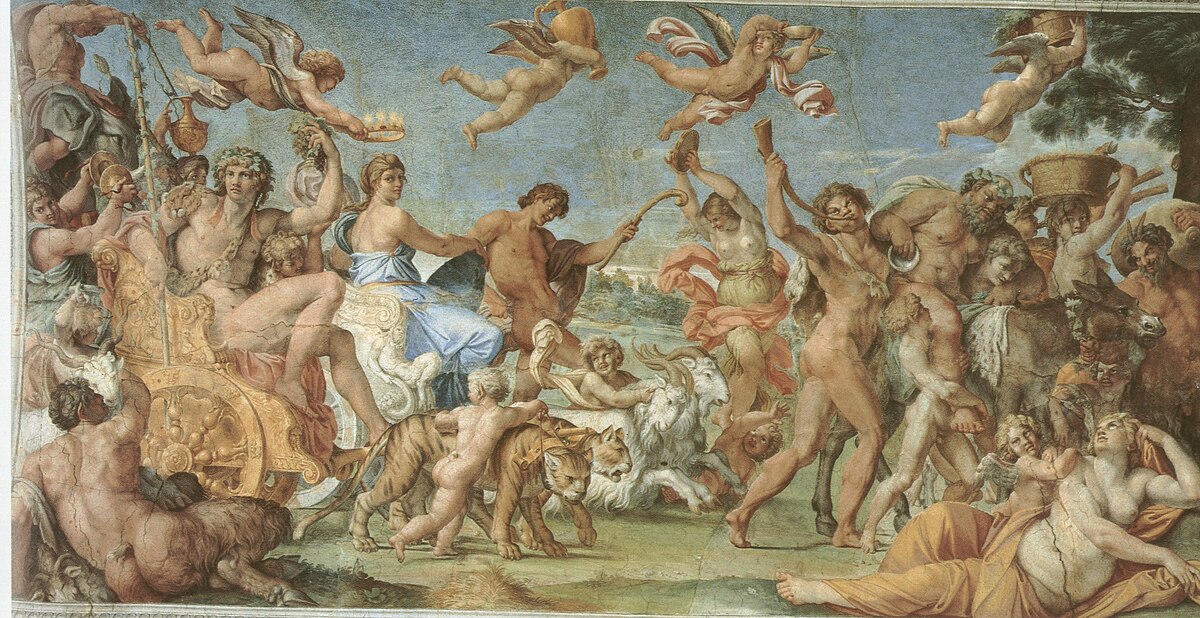
Farnese Gallery Ceiling Triumph of Bacchus and Ariadne
Early Italian Baroque
Location: Palazzo Farnese, Rome
Time Period: 1597-1600
Materials: Fresco
Artist: Annibale Carracci
classical, which is acceptable since it was for a gallery, not a church.
looks to Titian for Bacchus and Ariadne
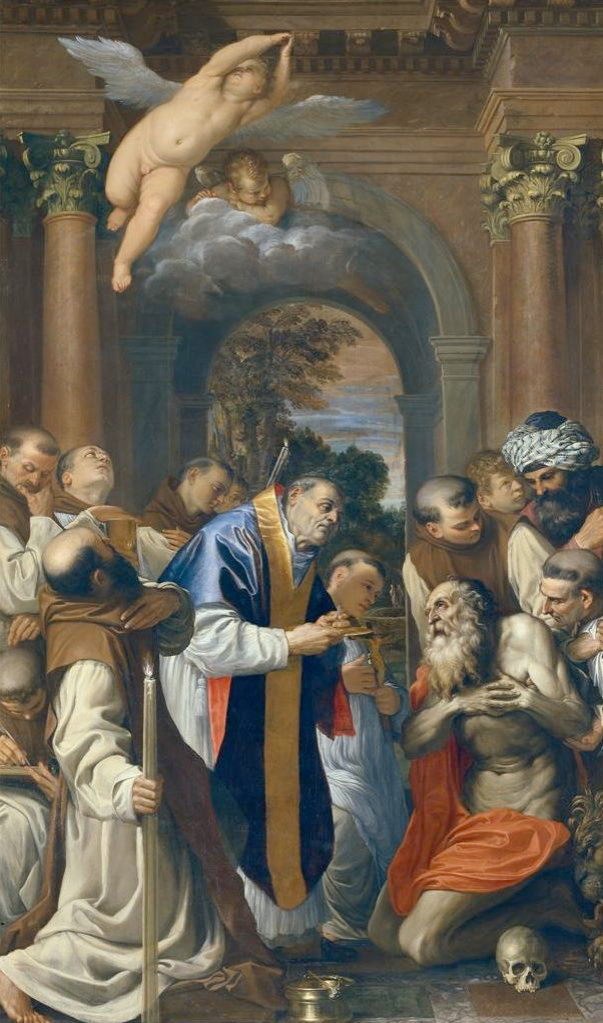
The Last Communion of St. Jerome
Early Italian Baroque
Location: Pinacoteca Nazionale, Balogna
Time Period: 1594-95
Materials: oil on canvas
Artist: Agostino Carracci
cropped scene meant for devotional purposes, in the wake of the Counter-Reformation
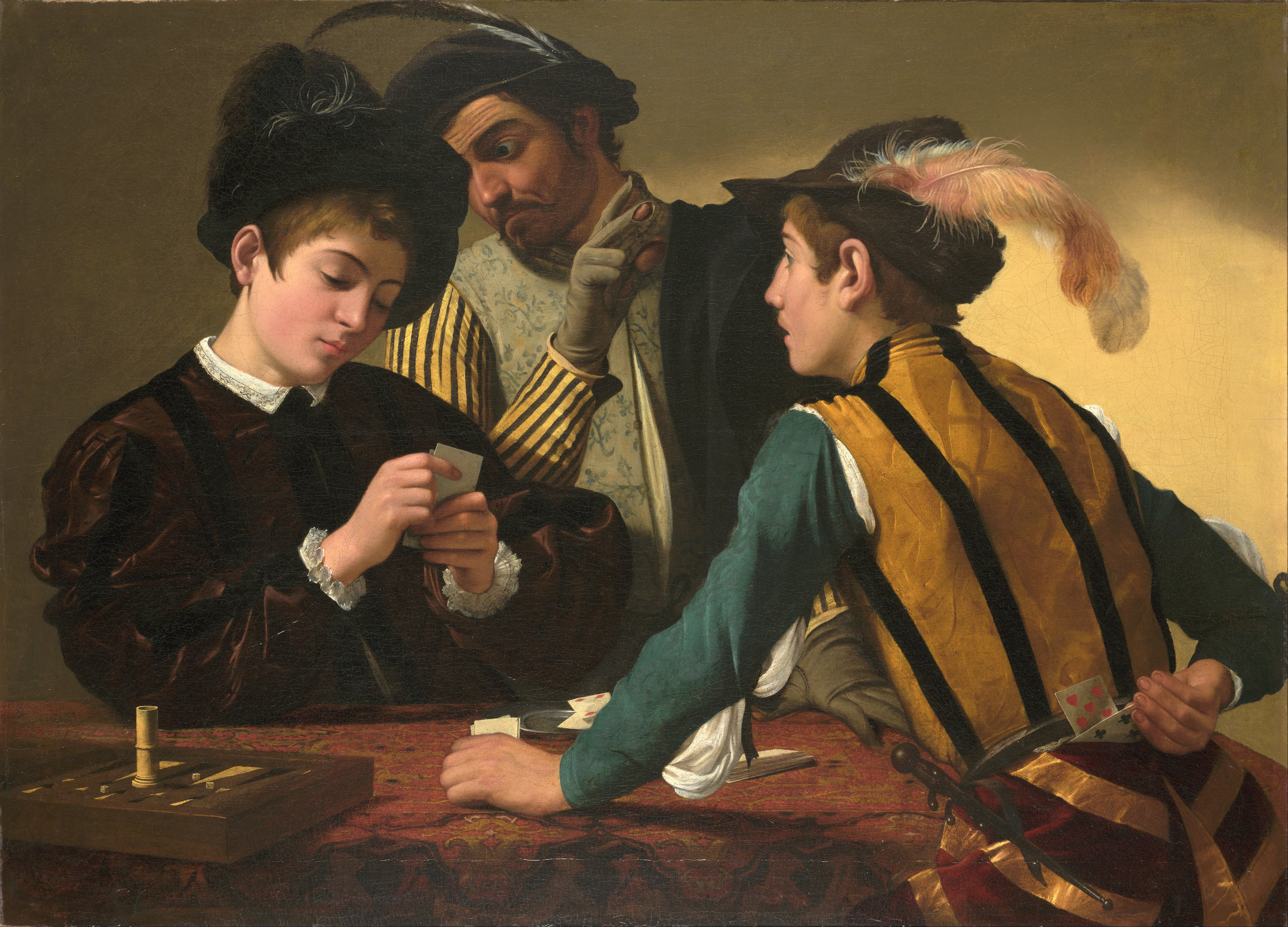
The Cardsharps
Early Italian Baroque
Location:
Time Period: 1595
Materials: oil on canvas
Artist: Caravaggio
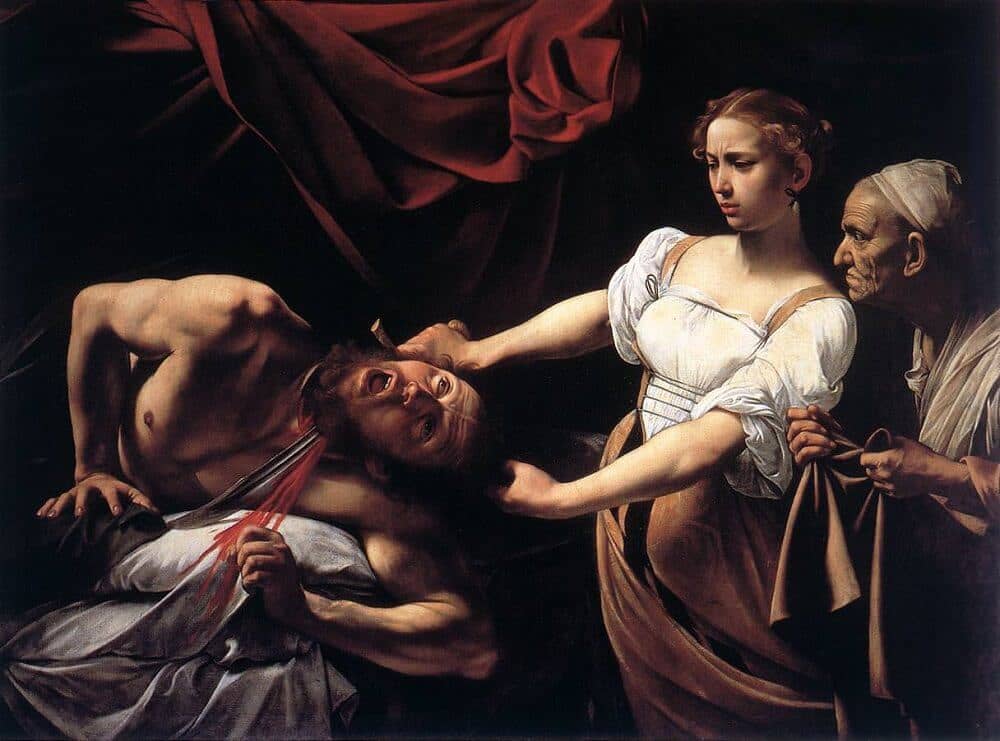
Judith and Holofernes
Early Italian Baroque
Location:
Time Period: 1599
Materials: oil on canvas
Artist: Caravaggio
shows fully developed tenebrism, aims for realism but still looks statuesque

The Calling of Saint Matthew
Early Italian Baroque
Location:
Time Period: 1599-1600
Materials: oil on canvas
Artist: Caravaggio
displays realism by using a contemporary setting, to allow the viewers to conceptualize the scene in a setting they would be familiar with
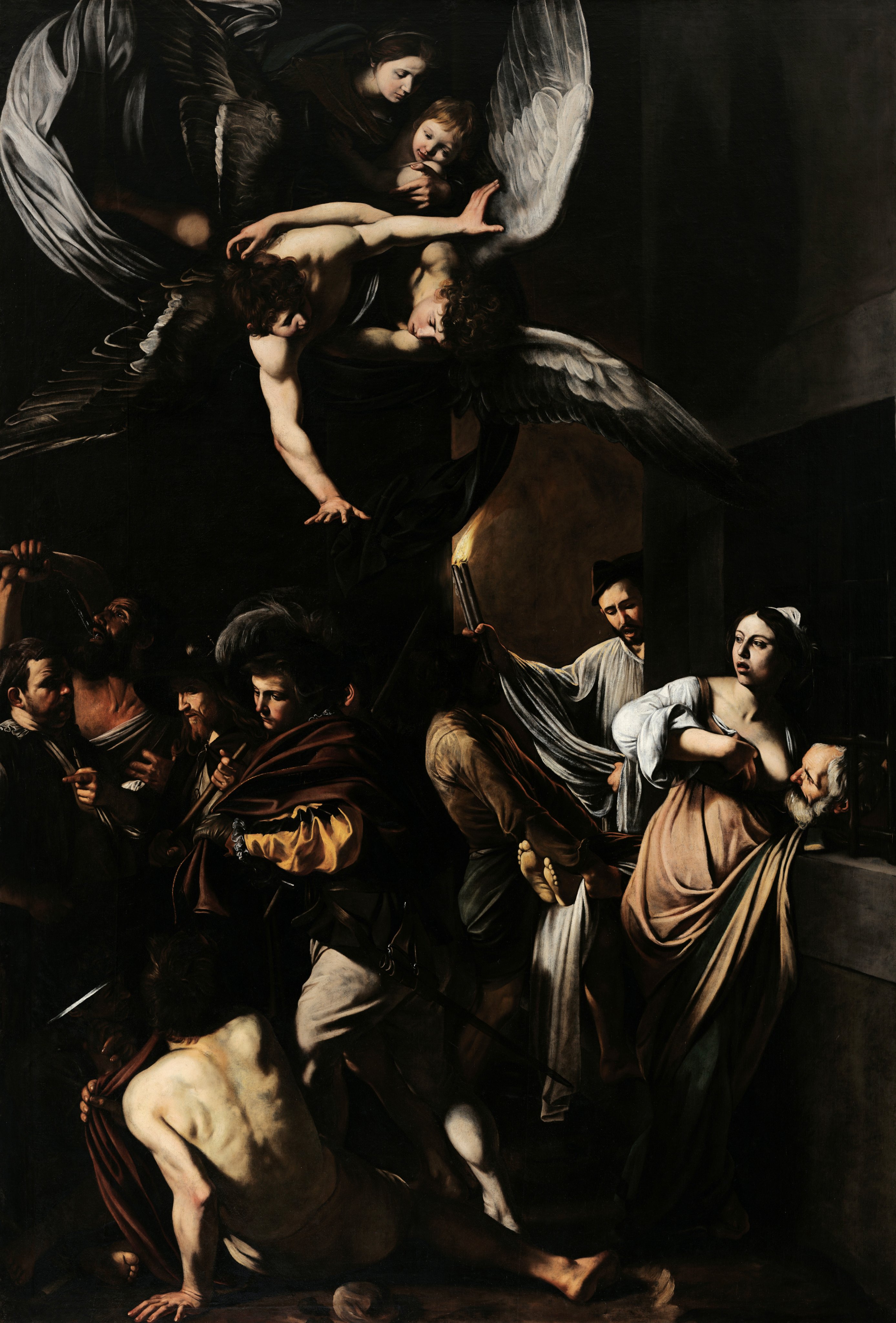
The Seven Acts of Mercy
Early Italian Baroque
Location: Pio Monte della Misericordia, Naples
Time Period: 1606
Materials: oil on canvas
Artist: Caravaggio
meant to display the believe of reaching salvation through faith and work, with representations of charity to show the purpose of the church in Naples
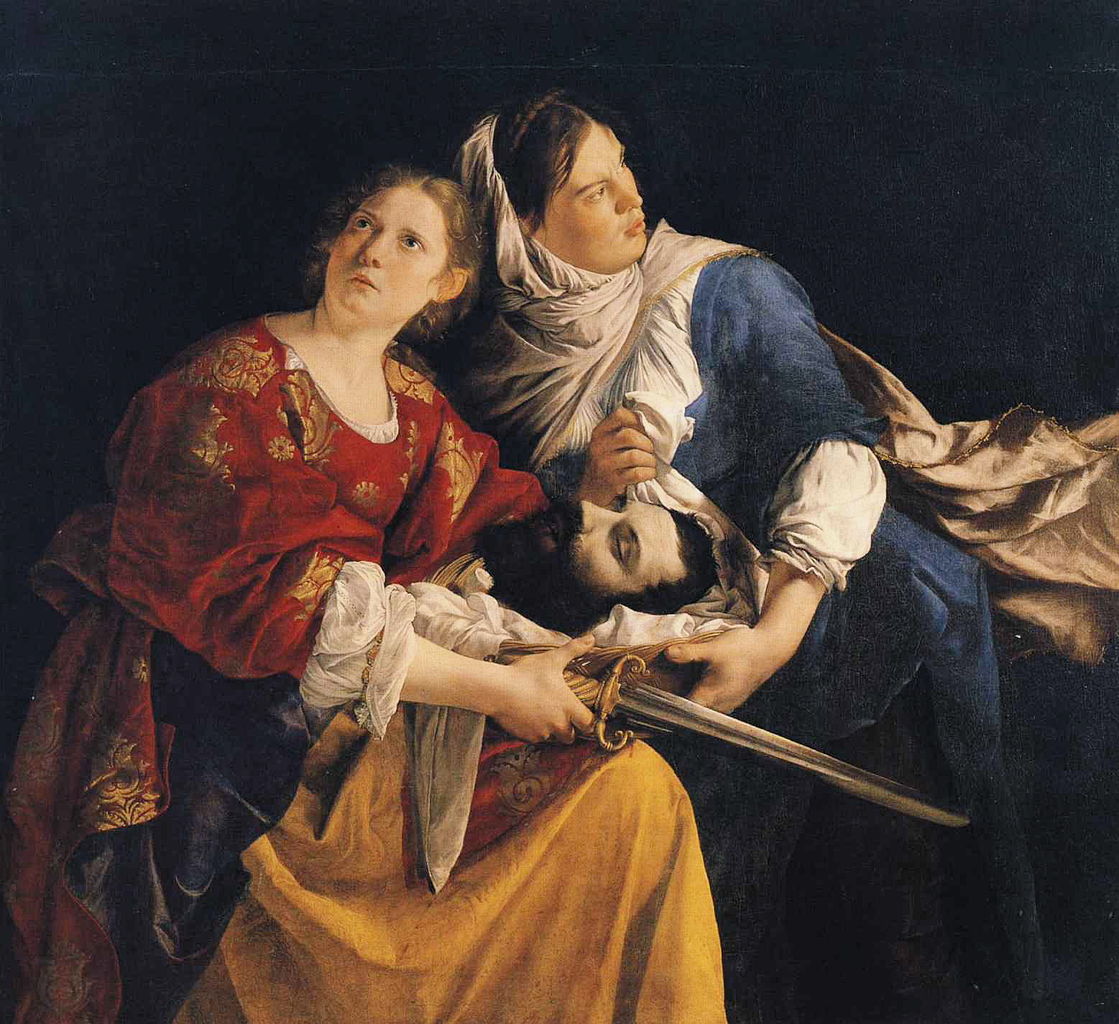
Judith and Her Maidservant with the Head of Holofernes
Italian Baroque
Location:
Time Period: 1611-12
Materials: oil on canvas
Artist: Orazio Gentileschi
Despite being influenced by Caravaggio, Orazio’s works were calmer and more closely aligned with ideals of the renaissance
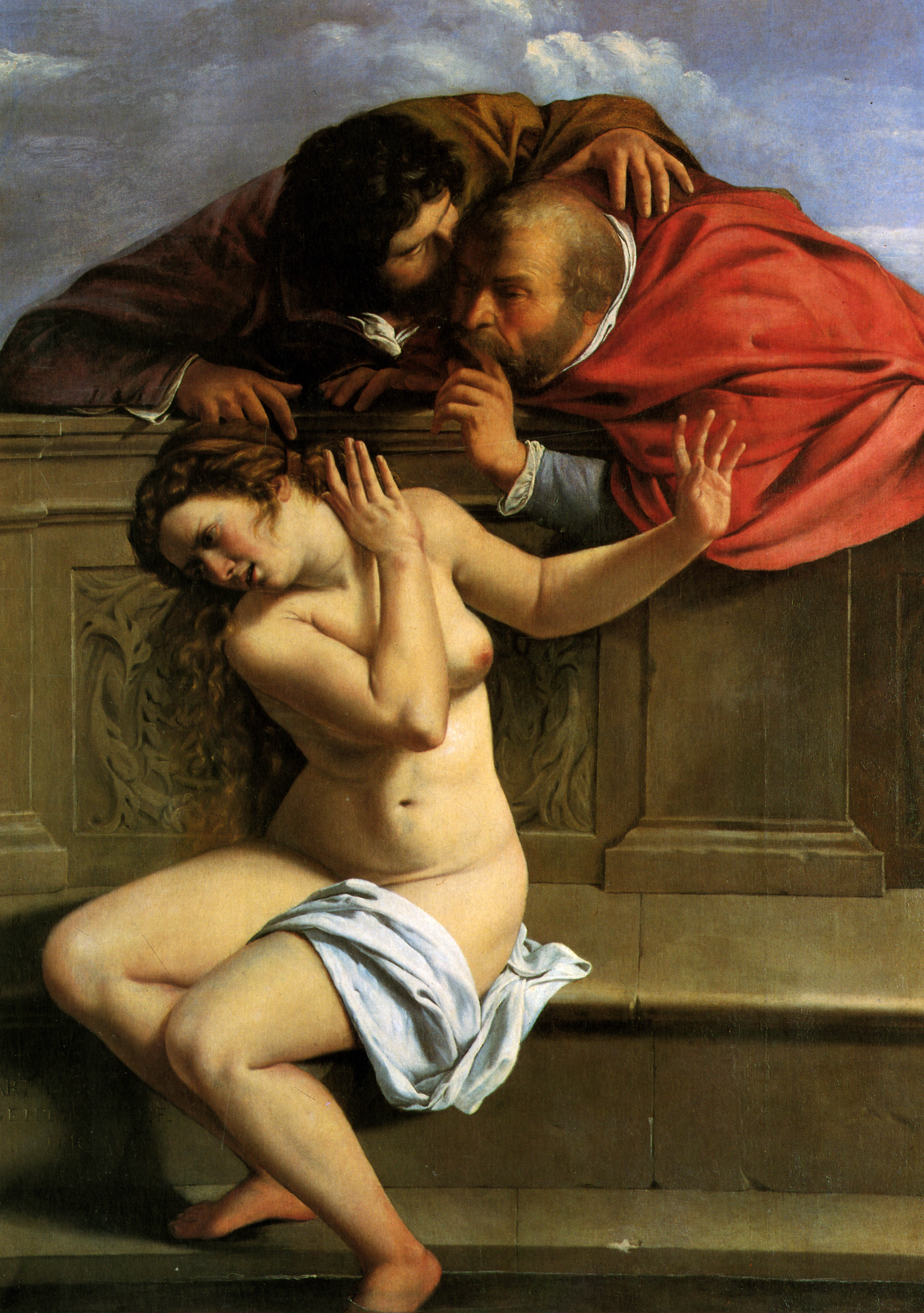
Susanna and the Elders
Italian Baroque
Location:
Time Period: 1610
Materials: oil on canvas
Artist: Artemisia Gentileschi
Artemisia strays from the typical depiction of Susanna, rather than portraying her as a seductress, she is shown to be a frightful victim.
shows her strong understanding in depicting female anatomy
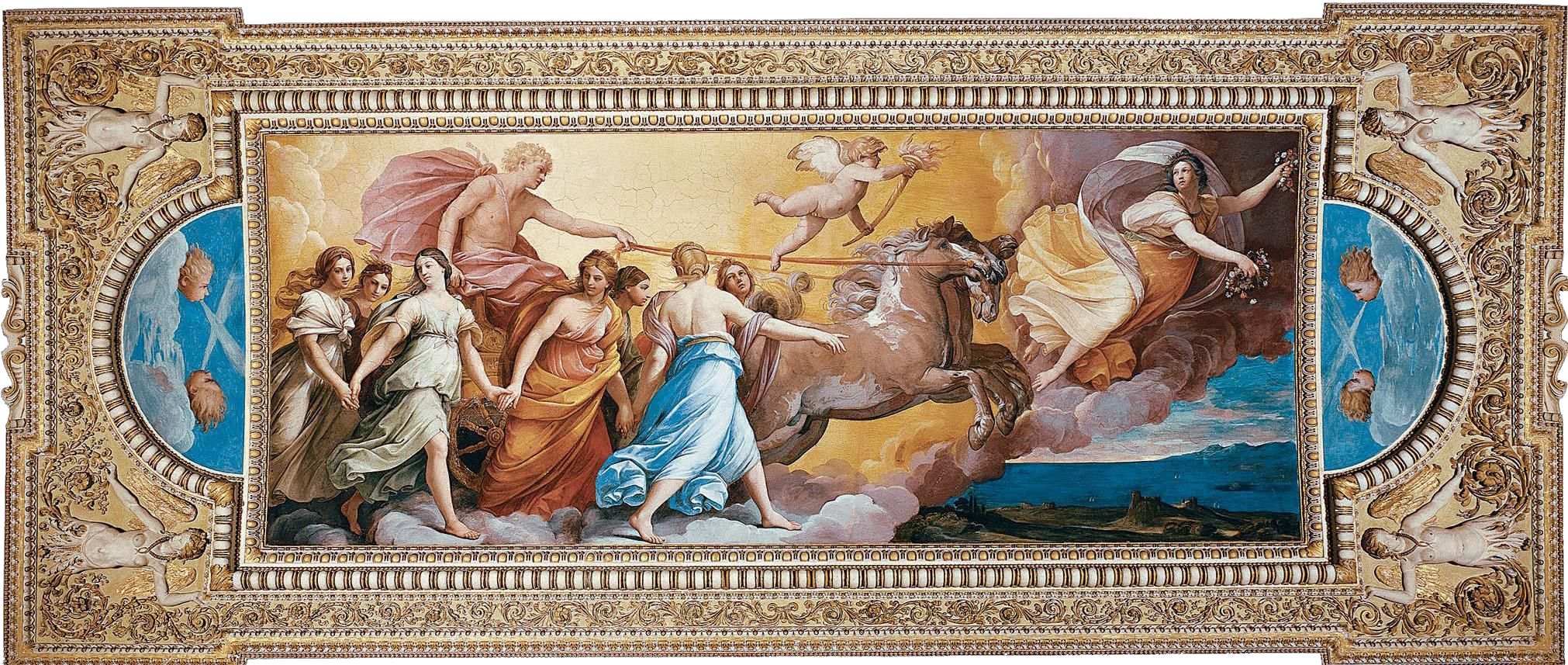
Aurora
Italian Baroque
Location:
Time Period: 1613-14
Materials: fresco
Artist: Guido Reni
meant to show the essence of classical work, specifically sculpture, for the private residence of Cardinal Orgesi
lacks depth to stay in tradition of early classical works
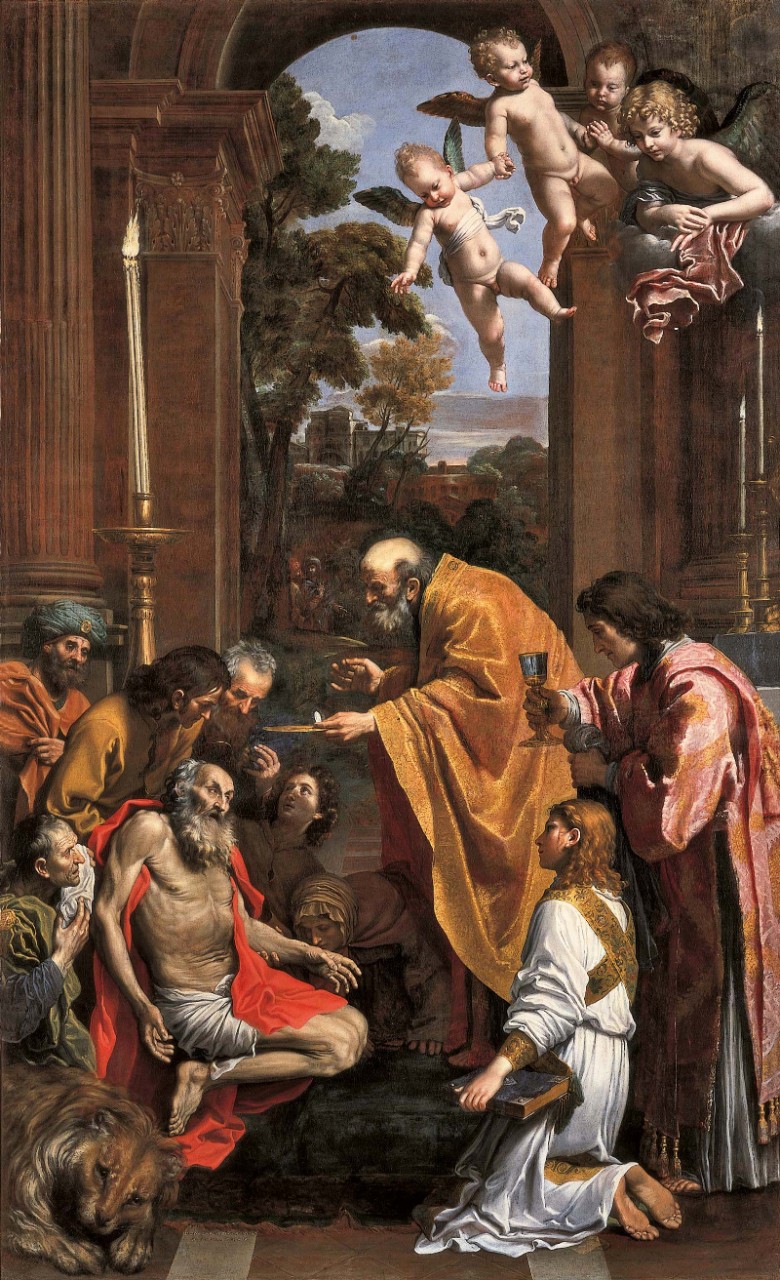
Last Communion of St. Jerome
Italian Baroque
Location:
Time Period: 1612-14
Materials: oil on canvas
Artist: Domenichino
a more dramatic scene than that of Augustino’s Last Communion
more emphasis on St. Jerome’s emaciated body and near-death state
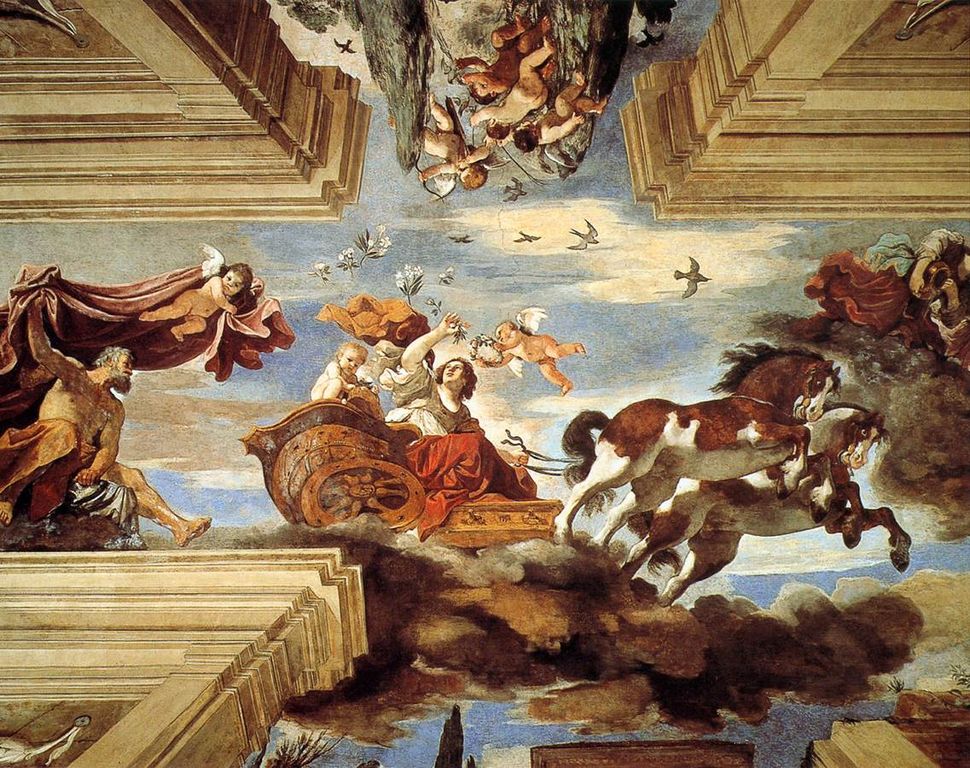
Aurora
Italian Baroque
Location:
Time Period: 1621-23
Materials: tempera
Artist: Guercino
extreme use of illusionism
Guernico possibly taking inspiration from Venetian painting
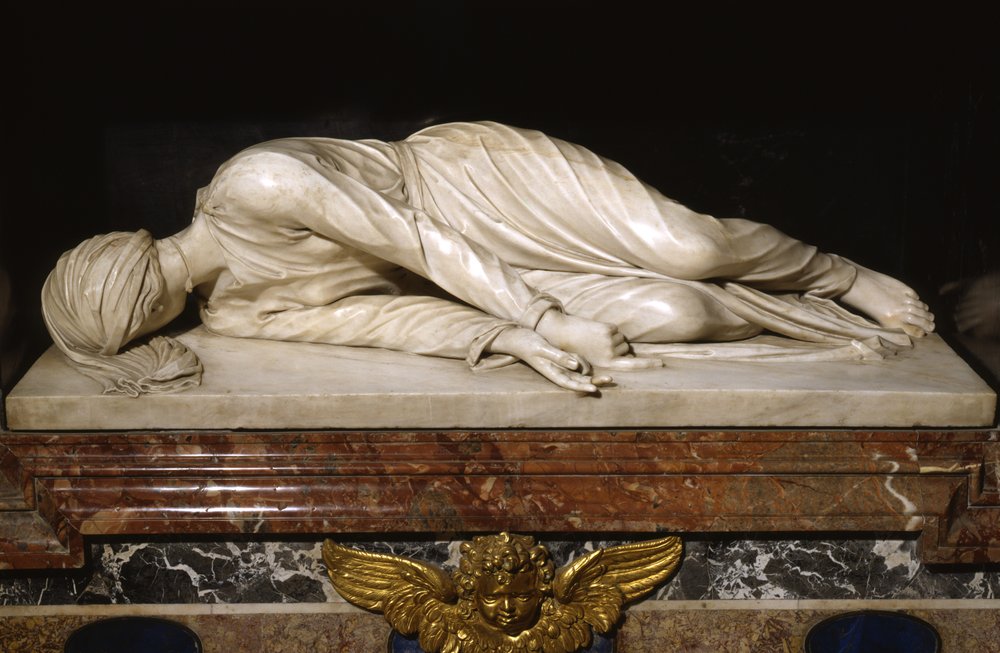
St. Cecilia
Early Italian Baroque Sculpture
Location:
Time Period: 1600
Materials: marble
Artist: Stefano Maderno
St. Cecilia is an important saint during the time of Counter-Reformation due to her martyrdom
looked to declining/deceased figures of the classical world

St. Veronica
Italian Baroque Sculpture
Location: St. Peter’s Basilica, Rome
Time Period: 1629-32
Materials: marble
Artist: Francesco Mochi
meant to be a devotional image for the church, Mochi criticized for its overt drama, tying it with more classical ideals rather than ideals of Counter-Reformation
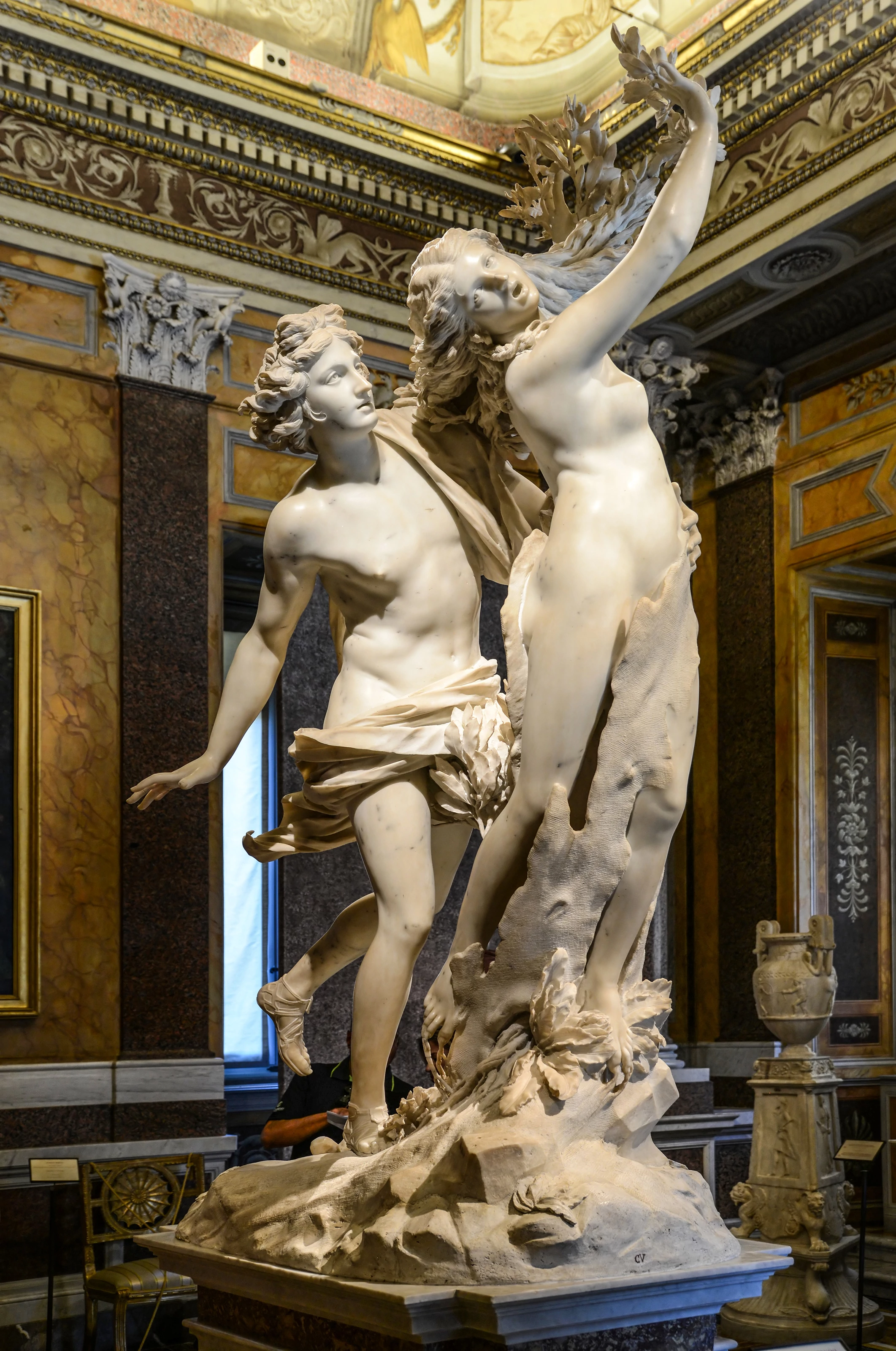
Apollo and Daphne
Italian Baroque Sculpture
Location:
Time Period: 1622-25
Materials: marble
Artist: Gianlorenzo Bernini
shows the climax of a mythological scene with much movement, showing Bernini’s influence of the classical world and theatrical world
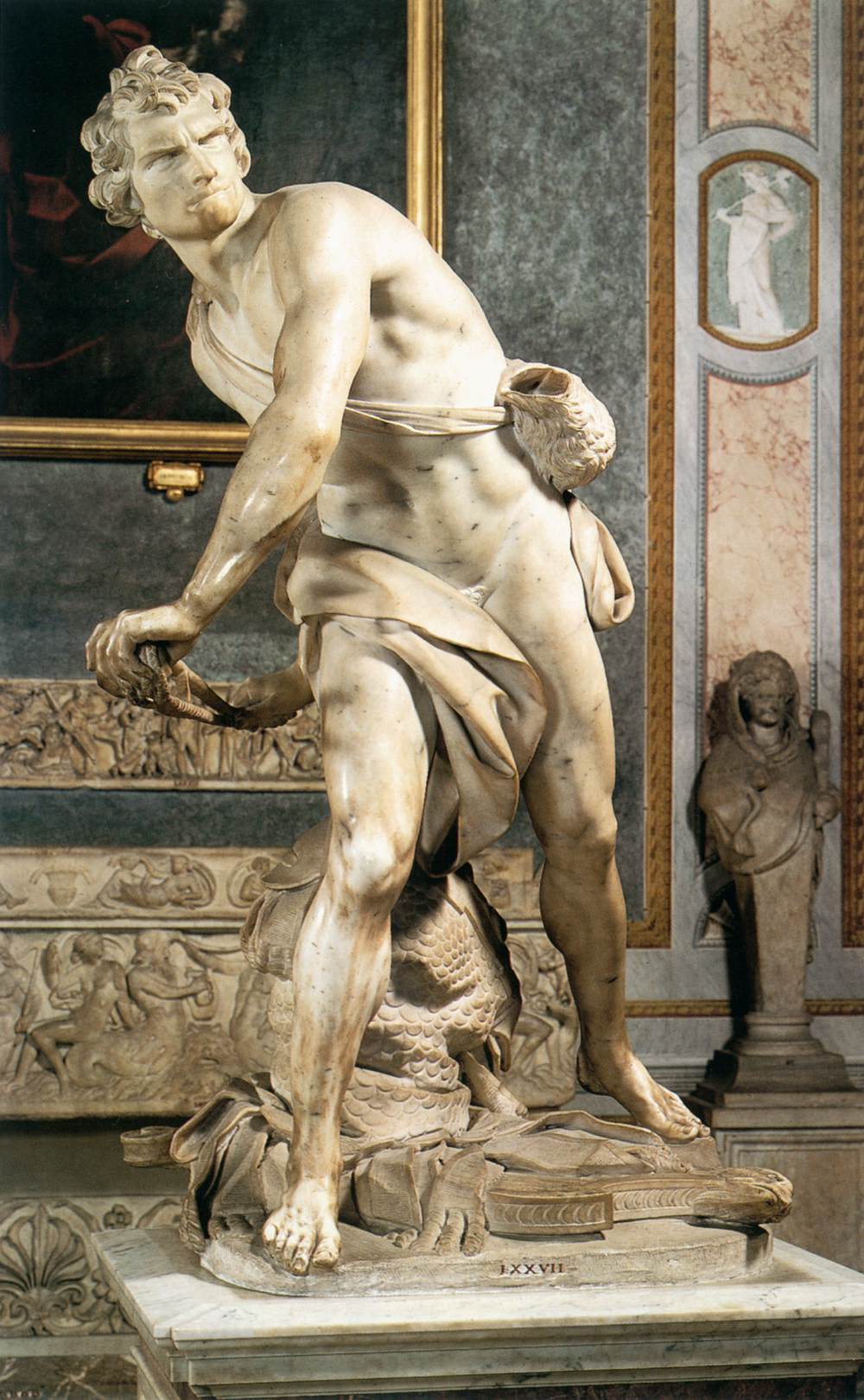
David
Italian Baroque Sculpture
Location:
Time Period: 1623-24
Materials: marble
Artist: Gianlorenzo Bernini
lacks biblical accuracy to the true depiction of David, but meant to show the drama within the climax of the story and David’s spiritual strength as he slays Goliath
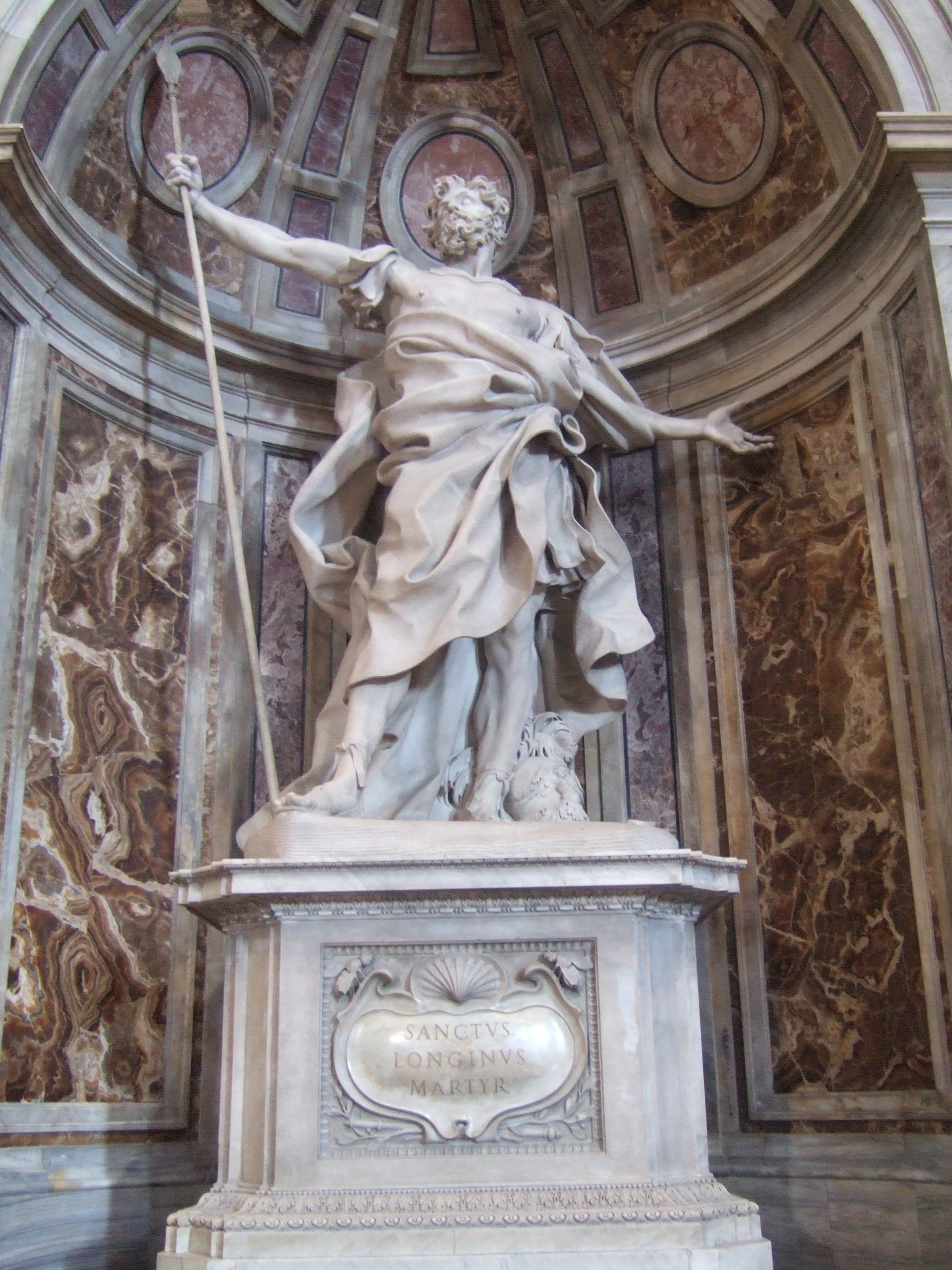
St. Longinus
Italian Baroque Sculpture
Location:
Time Period: 1629-38
Materials: marble
Artist: Gianlorenzo Bernini
rests opposite to Mochi’s St. Veronica
directly references the lance that pierces Christ during Crucifixion
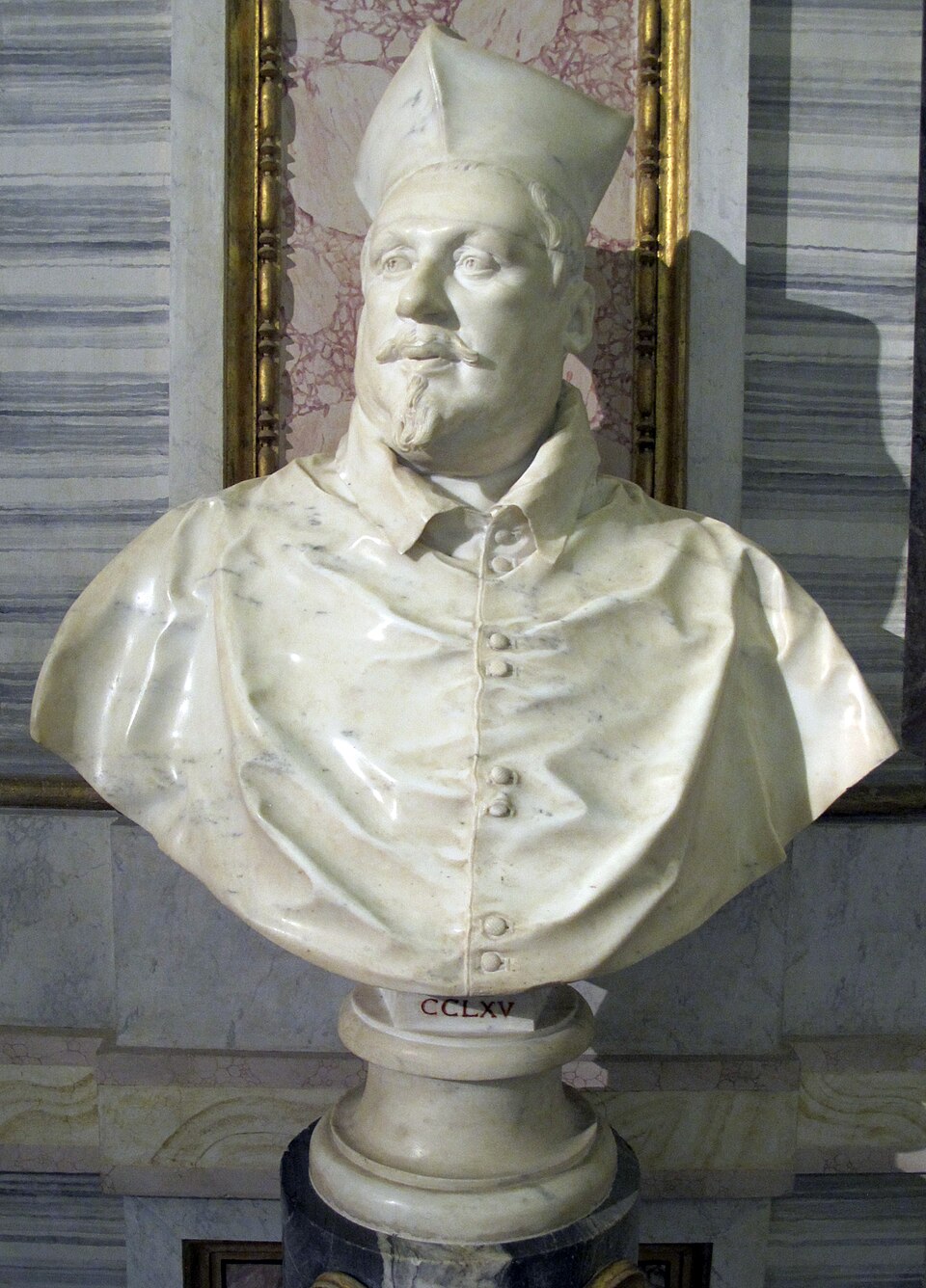
Portrait Bust of Cardinal Scipione Borghese
Italian Baroque Sculpture
Location:
Time Period: 1632
Materials: marble
Artist: Gianlorenzo Bernini
one of the most intimate portraits of the Baroque period
the first version presented to the Cardinal contained a crack in the marble
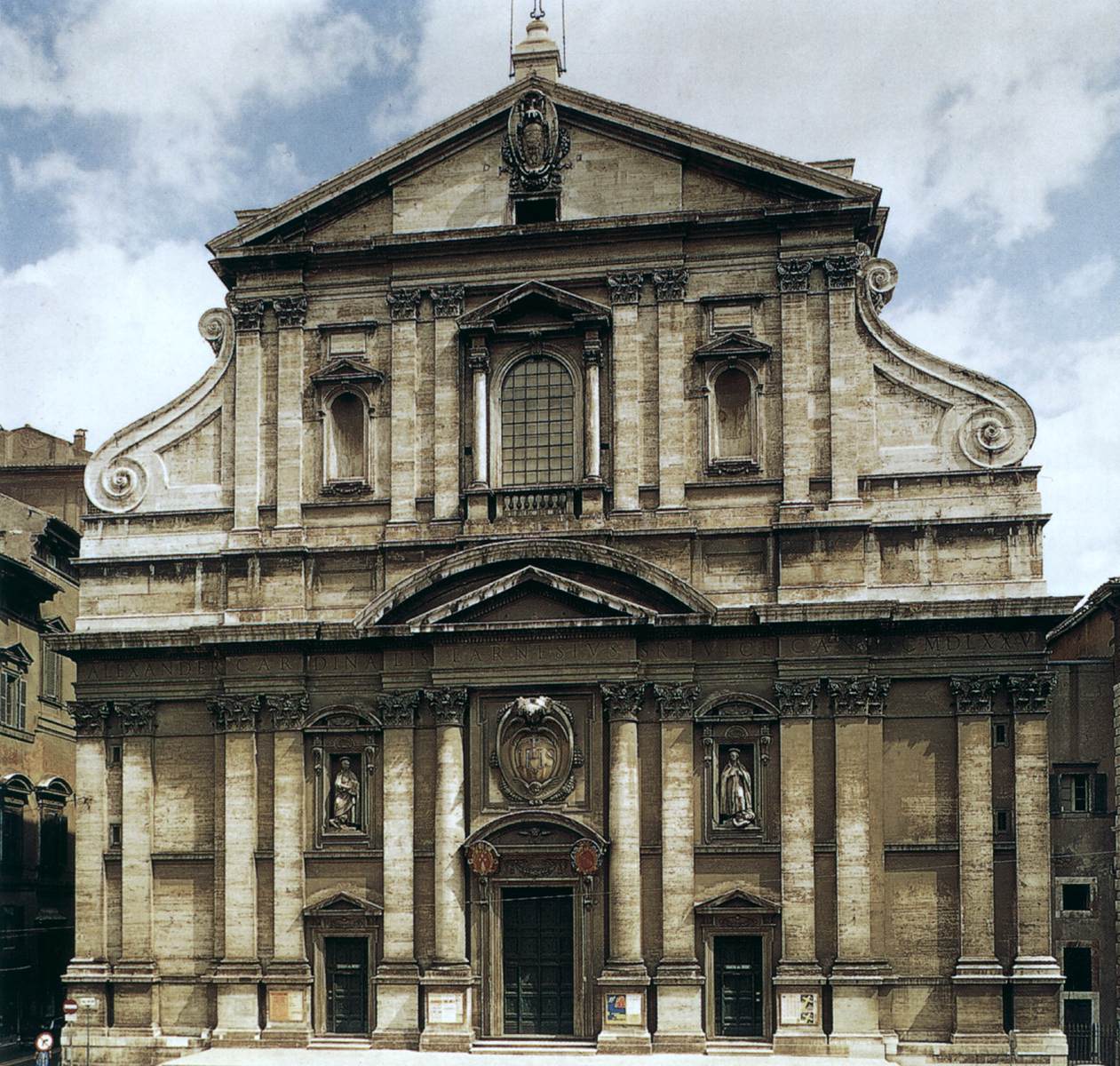
Il Gesu
Italian Baroque Architecture
Location: Rome, Italy
Time Period: 1568-73(Nave)
Materials:
Artist: Giacomo della Porta
Classical influence in the exterior and possible Spanish influence, as the Jesuit order originated in Spain by St. Ignatius
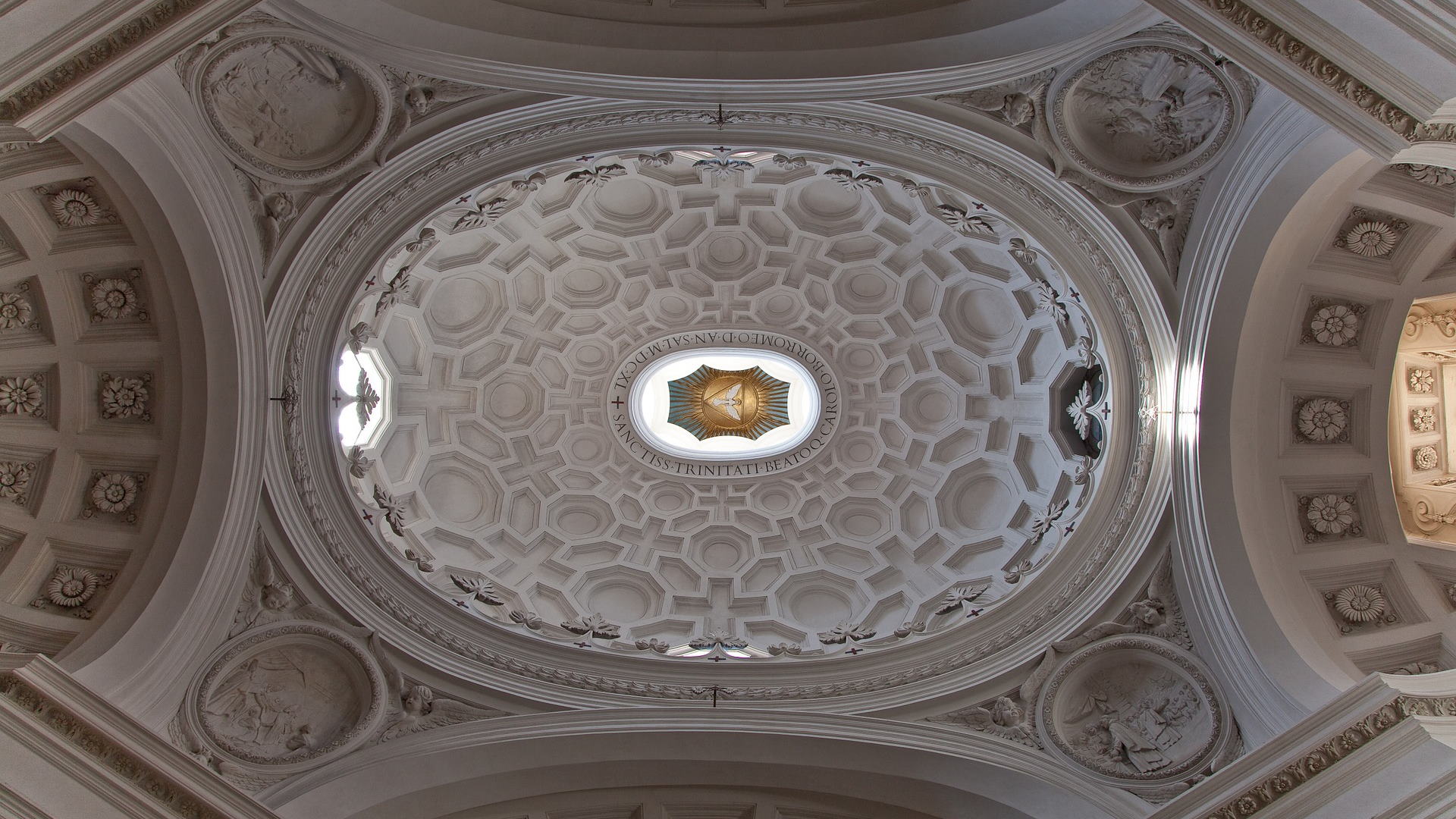
San Carlo alle Quattro Fontaine
Italian Baroque Architecture
Location: Tome, Italy
Time Period: 1638-41(interior)1665-67, 1675-77(facade)
Materials:
Artist: Francesco Borromini
Although classically inspired, Borromini used unique coffering of the dome. Borromini made stylistic choices such as these to set himself apart as this was his first public commission
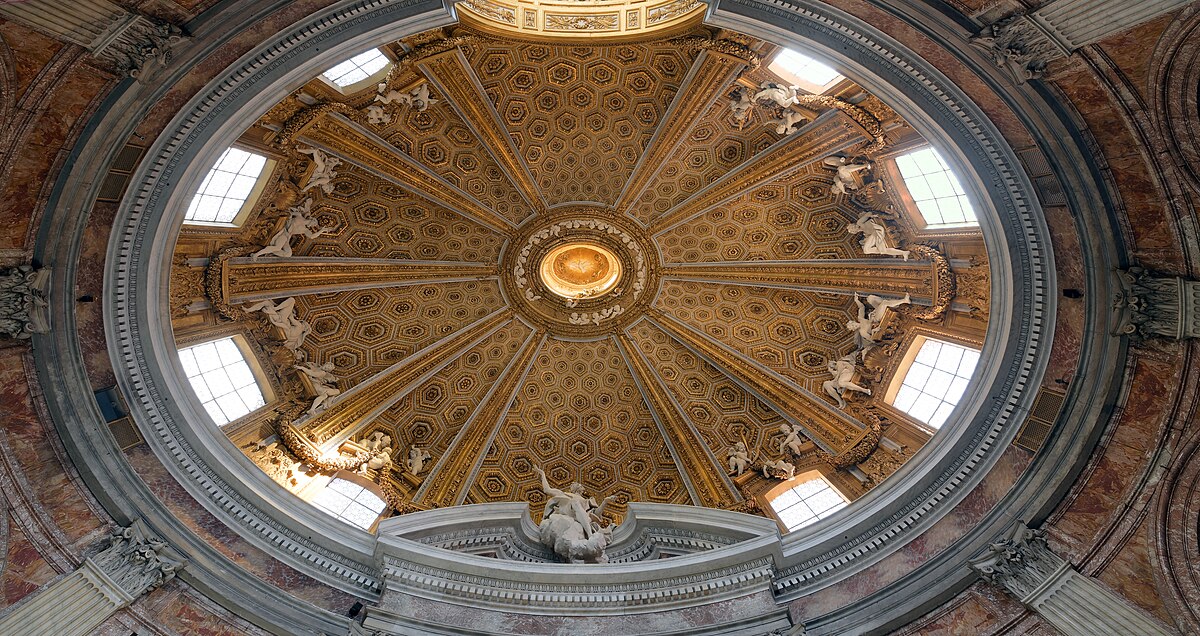
Sant’Andrea al Quirinale
Italian Baroque Architecture
Location: Rome, Italy
Time Period: 1658-76(dome and facade)
Materials:
Artist: Gianlorenzo Bernini
Inspired by the Pantheon with the oculus and coffering, his stylistic choices for the interior served as a backdrop to compliment the sculptural works he planned to include